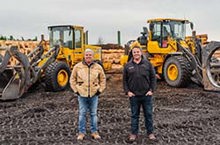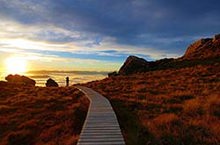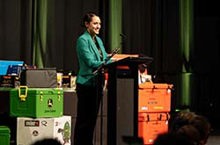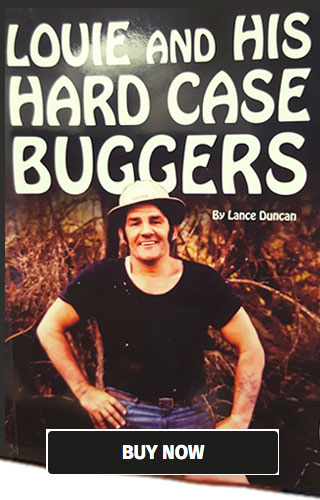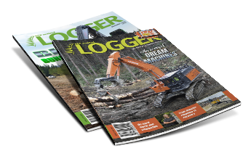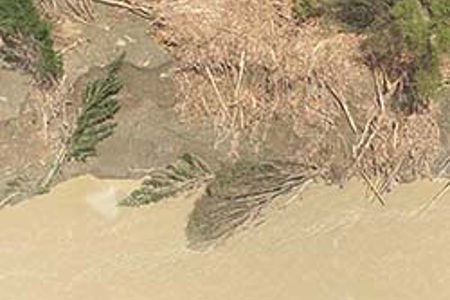
“We cannot stop cyclones from coming, but we can reduce our vulnerability to them. This will need to include sustainable land management in our erodible catchments so that we do not repeat past mistakes,” says environmental forestry consultant Dr Sean Weaver.
“Extreme weather events like Cyclone Gabrielle are coming to stay and we absolutely need to get ready for them. This means the right land use for the land in question. In many erosion-prone landscapes this will be neither pastoralism nor clear cut forestry,” he continues.
“When people look closely they will find that the cyclone damage to downstream communities included the transfer of massive volumes of soil from erodible pasture to downstream homes, orchards, infrastructure, and farms. In other catchments the damage includes forestry slash from clear-cut forestry, as well as debris from farms.
"In many erodible catchments we need to seriously consider permanent continuous cover forestry as the principle land use. This includes sustainable forest management of exotic and native timbers, as well as 'no harvest' forests managed for conservation and slope stability. But ultimately, this needs to happen on private land where the landowner has a right to make a living on their land”, he says.
"One thing we now have though, is a carbon market so that owners of erosion lands can make a good living building cyclone resilient landscapes and reduce risk to everyone else downstream. Furthermore, carbon markets enable us to finance this private contribution to public climate resilience at zero cost to the taxpayer. This will require consolidating the permanent forest category of the NZETS, with rules to stop "plant and leave" exotics but enabling and supporting continuous cover exotic and native forestry. Then we can build cyclone resilient landscapes without having to take precious public funds away from things like cyclone recovery, covid recovery, reducing carbon emissions, and paying nurses properly," he adds.
For a take on the various reactions from the forestry sector to the announcement of the two-month review into past and current land-use practices and the impact of woody debris, including forestry slash and sediment in Tairāwhiti and Wairoa in the aftermath of Cyclone Gabrielle, see the April 2023 edition of NZ Logger magazine, on sale from 3 April. Check the link on this page to subscribe to either a printed or digital copy (or both).

